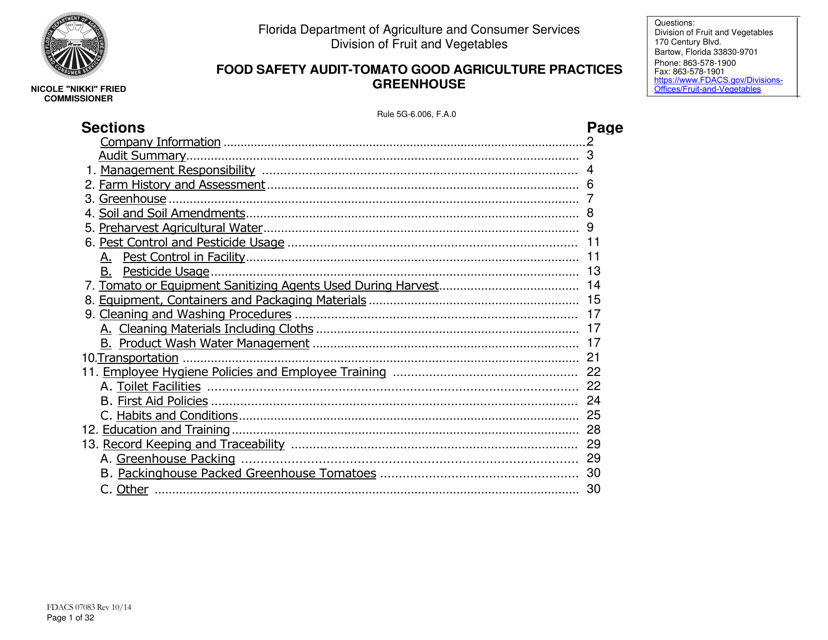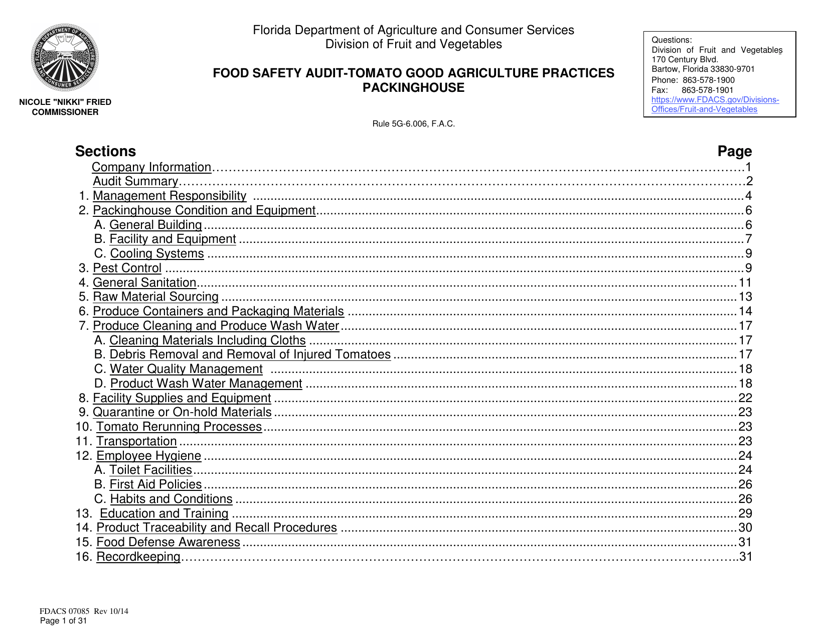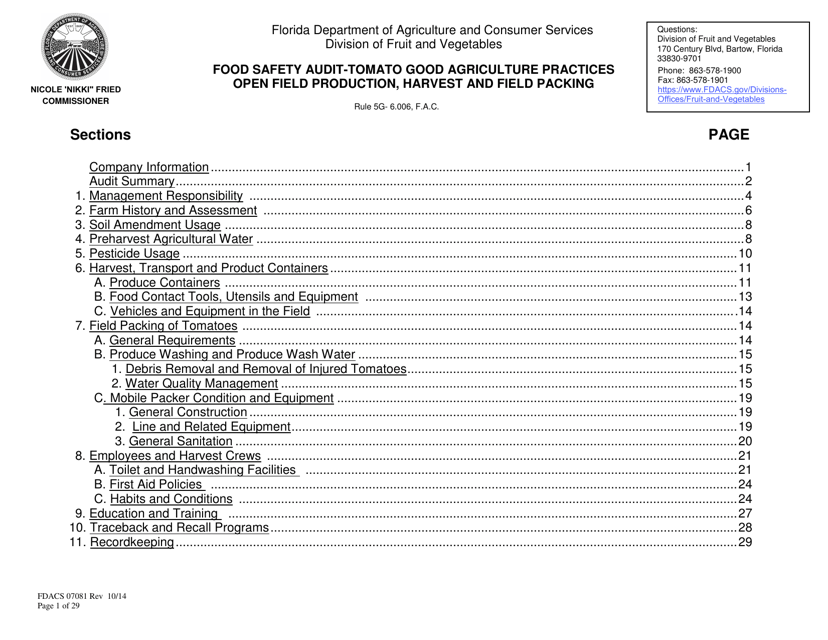Good Agricultural Practices Templates
Good Agricultural Practices (GAP) are guidelines and standards that promote safe and sustainable agricultural practices. These practices ensure that crops and livestock are produced using methods that minimize environmental impact, protect human health, and promote economic viability. GAP encompasses a broad range of topics, including crop selection, soil and water management, pest and disease control, and post-harvest handling.
By following GAP, farmers can reduce the risk of foodborne illnesses, improve the quality of their products, and increase consumer confidence. These practices also help farmers stay compliant with food safety regulations and meet market requirements for certification and quality assurance.
The implementation of GAP involves the adoption of best practices throughout the entire agricultural process, from production to distribution. Farmers are encouraged to conduct regular risk assessments, implement appropriate control measures, and keep detailed records of their operations. They may also undergo audits or inspections to ensure compliance with GAP standards.
GAP certification programs exist at both national and regional levels to provide recognition and verification of farmers' adherence to these practices. These programs typically involve the submission of documentation and on-site visits to assess compliance. Some programs even offer incentives or marketing opportunities for certified farmers.
In addition to enhancing food safety and quality, GAP also contributes to the long-term sustainability of agricultural systems. By implementing practices that protect natural resources, reduce chemical inputs, and promote biodiversity, farmers can minimize their environmental footprint and preserve the integrity of ecosystems.
Overall, Good Agricultural Practices (GAP) are essential for promoting safe, sustainable, and responsible agricultural production. They provide a framework for farmers to continuously improve their practices, ensure the safety and quality of their products, and meet the demands of an increasingly discerning consumer market. Whether referred to as Good Agricultural Practices or Good Agriculture Practices, the principles and guidelines remain the same, ensuring the highest standards for agricultural production.
Documents:
5
This form is used for applying to the Farm to School Good Agricultural Practices/Good Handling Practices Certification Program in Florida.
This form is used for conducting a food safety audit in tomato greenhouse farms in Florida. It focuses on Good Agriculture Practices to ensure the safety and quality of tomatoes produced.
This form is used for conducting a food safety audit in tomato packinghouses in Florida. It ensures that the packinghouse follows good agriculture practices for maintaining food safety standards.
This form is used for conducting a food safety audit for tomato good agricultural practices in the state of Florida. It ensures that the repacking and distribution of tomatoes meet the required food safety standards.
This form is used for conducting a food safety audit for tomato farming practices in Florida, specifically focusing on open field production, harvest, and field packing.





